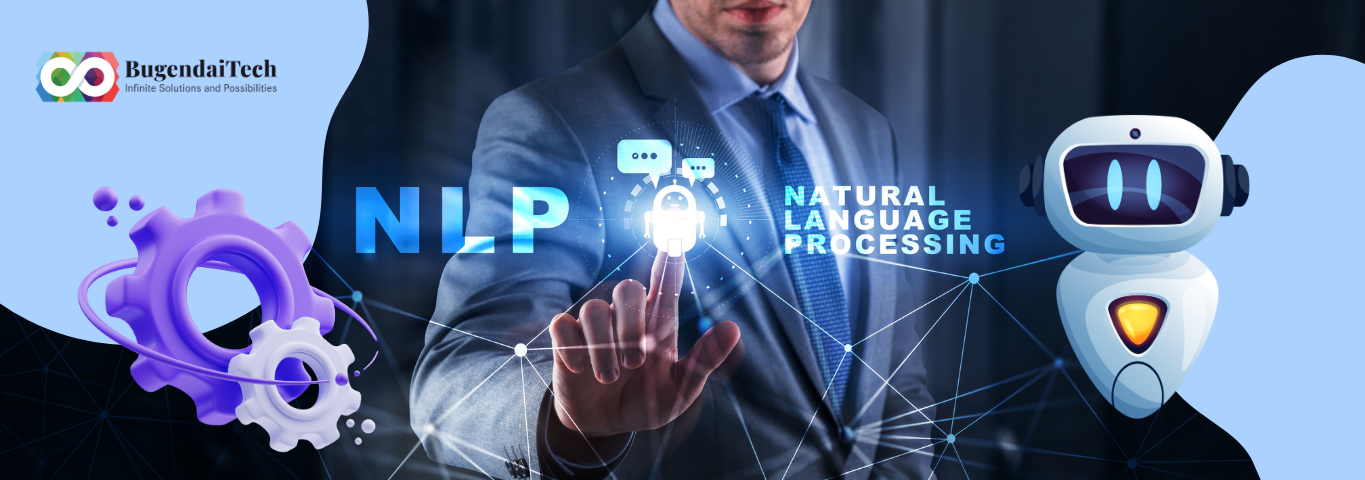
Semantic Matching in NLP: Techniques and Practical Implementations
Published on
15 November 2024
Author
Roshan Kumar Vu
Natural Language Processing (NLP) has undergone a remarkable evolution, spurred by the need to better understand and interpret human language. Among the several jobs of NLP, semantic matching stands out as an important component. It entails determining the semantic similarity of text to enable applications such as search engines, recommendation systems, question-answering, and others. This blog post delves into the field of semantic matching techniques, looking at how NLP goes beyond simple keyword searches to understand the substance of language. We will look at alternative ideas, implementations, and interesting applications that open new possibilities for human-computer interaction.
Why is Semantic Matching Essential for NLP Applications?
Traditional keyword-based search algorithms sometimes struggle with synonyms, paraphrases, and the nuances of human language. Imagine Googling for "budget-friendly laptops" and only receiving results for "cheap laptops." Semantic matching strategies address this by taking into account the context, word relationships, and a sentences underlying meaning.
Unlocking New Possibilities for NLP Applications
- Search engines: Returning more relevant results that match the users purpose, even if the exact terms are not there.
- Chatbots and Virtual Assistants: Enable natural conversations in which users can freely express themselves and be understood.
- Question Answering Systems: Providing correct answers to complex queries, even when framed differently.
- Text summarization: Capturing the important aspects of a document while preserving its overall meaning.
- Sentiment Analysis: Determining the emotional tone and intent of a piece of writing.
Unveiling Techniques: A Look Under the Hood
Now, let us look into some of the common strategies used for semantic matching in NLP:
Word Embeddings
This method renders words as vectors in a high-dimensional space. Words with similar meanings will have tighter vectors, allowing for more precise comprehension of semantic links. Word2Vec and GloVe are among the most popular word embedding models.
Distributional Semantics
This technique is based on the assumption that words with similar meanings tend to appear in comparable settings. Latent Dirichlet Allocation (LDA) is a technique that analyzes text corpora to uncover latent topics and their word relationships.
Deep Learning Models
Complex semantic links can be captured using powerful neural networks like LSTMs (Long Short-Term Memory) and Transformers trained on enormous volumes of text data. These models perform well at tasks such as sentence embedding and paraphrase recognition.
Rule-Based Matching
This method uses hand-crafted rules to recognize certain patterns and concepts in text. While less flexible, it might be useful for jobs with clear rules, such as information extraction.
Putting Theory into Practice: Implementing Semantic Match
The semantic matching implementation chosen is determined by the application and the level of accuracy required. Here are some examples:
- Building a Chatbot: Use a collection of conversation transcripts to train a deep learning model. The model learns to recognize user intent and react with relevant information, even when presented in different ways.
- Enhancing Search Engines: Word embeddings can help to improve search results. Understanding the semantic linkages between words allows the search engine to find content that corresponds to the users genuine meaning, even if the exact keywords are not there.
- Developing a Question Answering System: Word embeddings and rule-based matching can be used to identify the most relevant answer from a knowledge base, even if the question is phrased differently than the stored information.
Exploring the Future Potential of Semantic Matching
As NLP research progresses, so will semantic matching approaches. Here are some exciting opportunities on the horizon:
- Contextual Variability: Understanding context remains a difficult endeavor, particularly with polysemy and idiomatic phrases.
- Computer Resources: Deep learning models require a significant amount of computational power and resources.
- Data Bias: Training data can add biases to semantic matching, compromising its fairness and accuracy.
Future research aims to overcome these issues by creating more efficient models, enhancing contextual knowledge, and reducing biases. Transfer learning, zero-shot learning, and advancements in transformer designs are all promising approaches to improving semantic matching capabilities.
Conclusion
Semantic matching techniques in NLP have progressed from simple lexical methods to advanced neural network-based systems. These breakthroughs have greatly increased machines ability to understand and analyze human language. As technology advances, semantic matching will become increasingly important in enabling more intelligent and context-aware applications across multiple domains.

